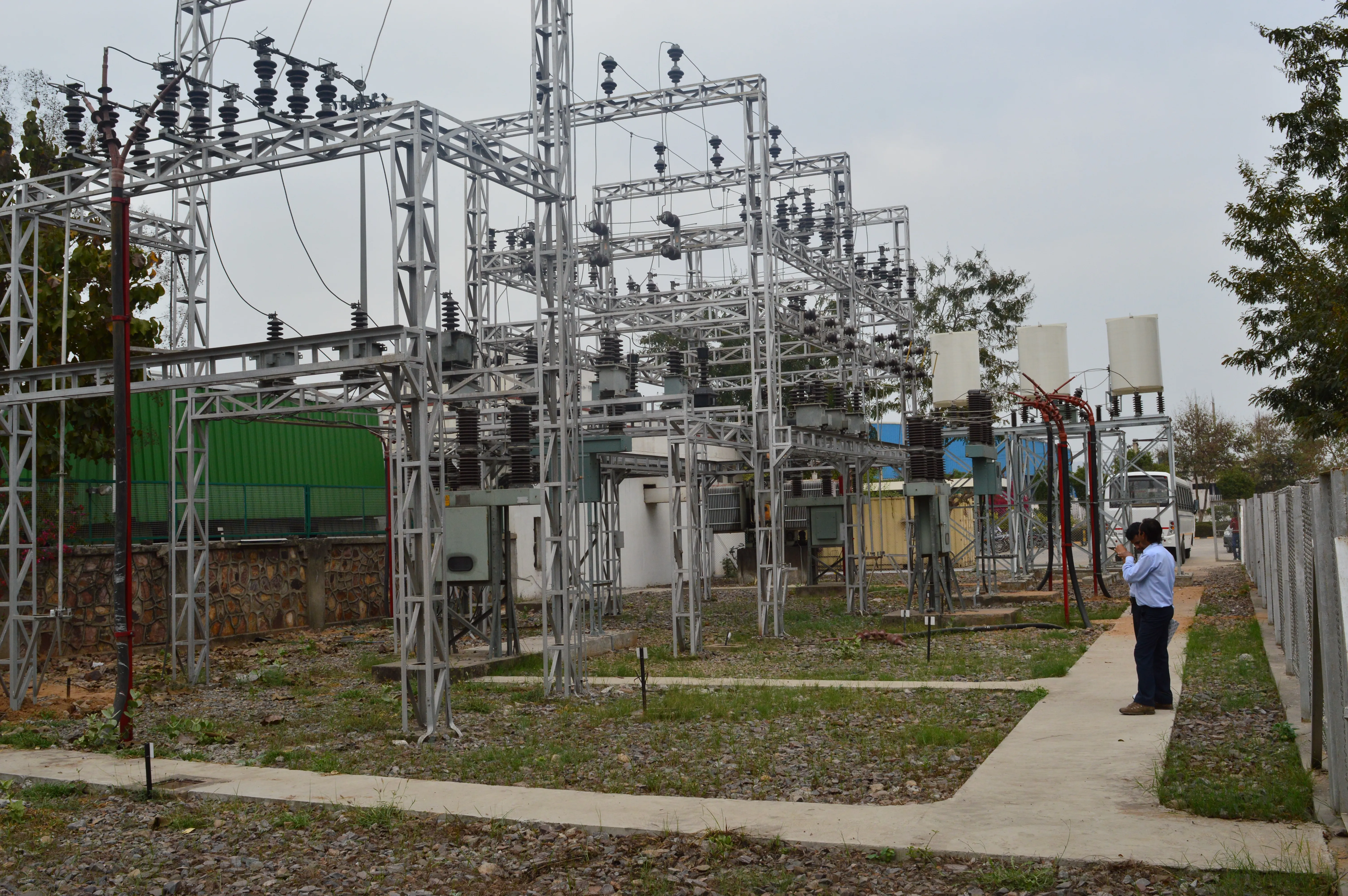Business Hours : Mon - Sat 09:30 AM - 6:00 PM

One of the basic principles of Electrical engineering is Ohm’s law, which states that the voltage drop across a conductor or load is equivalent to the product of current and resistance (V = I x R). The electric current is determined by the load on a circuit, while resistance is determined by the physical properties of the conductor.
|
VOLTAGE DROP FACTORS |
DESCRIPTION |
|
A. Type of Conducting Material |
Some materials are better electrical conductors than others. For example, copper is more conductive than aluminum. |
|
B. Carrying Current material diameter |
A wider conductor has improved conductivity, because there is more material to carry electric current. |
|
C. Conductor size |
Longer conductors have a higher resistance because current must travel a longer distance between the source and the load. |
|
D. Conductor temperature |
Temperature influences the conductivity of materials. Depending on the material and the actual temperature, conductivity may increase or decrease with further increases in temperature. |
|
E. Current carried by the conductor |
Current is directly proportional to voltage drop. If current is doubled while resistance is kept the same, voltage drop also doubles. |
|
F. Connections in the circuit |
A connection represents an interruption in the conductor material, and there is a contact resistance associated with it. Deficient connections are associated with an increased voltage drop. |
The concept of voltage drop is used to describe the difference between the voltage supplied at the source and the voltage measured at the load.
How we can control voltage Drop In Electrical Systems-
These are specific measures that can be deployed to reduce voltage drop. Increasing conductor diameter
How we can Calculate Voltage Drop-
It is important to note that the voltage drop formula changes depending on the number of phases in the circuit (single-phase or three-phase). In the following equations, the variables used are:
|
TYPE OF INSTALLATION |
VOLTAGE DROP FORMULA |
|
Single-phase system Three-phase system |
V Drop = 2 x Z x I x L / 1000 V Drop = 1.73 x Z x I X L / 1000 |
The formulas are divided by 1,000 because standard impedance values are provided for every 1,000 feet. This way, they are converted to ohms per feet. Conductor properties, based on a 75°C temperature rating.